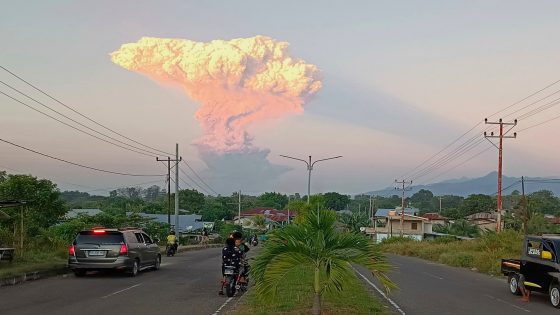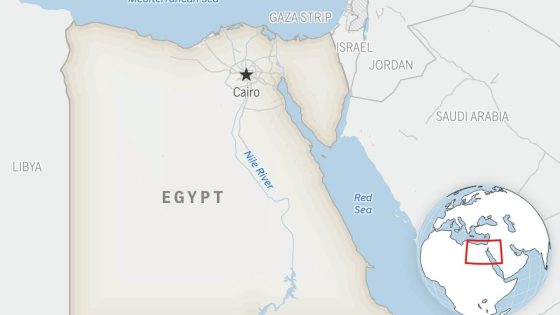A remarkable discovery in the Kohistan region of Pakistan has captivated global attention. The body of a man missing for nearly three decades was found preserved in a melting glacier, shedding light on a long-unsolved mystery. Discovered by local shepherd Omar Khan, the well-preserved remains of Naseeruddin were identified through an identification card found with him.
- Body found in melting glacier, Pakistan
- Disappearance occurred in June 1997
- Local shepherd discovered the preserved body
- Identification card confirmed victim's identity
- Family feud preceded the man's disappearance
- Glaciers melting due to climate change effects
Naseeruddin vanished in June 1997 after a family feud led him to step into a cave, never to return. His brother, Kathiruddin, recounted the harrowing search for his sibling, which ended only recently with this astonishing find. With the glacier melting faster due to climate change, such discoveries may become more common, prompting questions about the ongoing impact of global warming.
This incident not only uncovers a personal tragedy but also reflects broader environmental concerns. As glaciers retreat, what other secrets might they reveal? The implications of this discovery are profound, prompting US to consider the following:
- Climate change is accelerating glacier melt.
- Historical mysteries may resurface as glaciers recede.
- Local ecosystems are affected by changing weather patterns.
- Preservation of bodies in glaciers raises ethical questions.
As we reflect on this discovery, it is crucial to advocate for climate action. What steps can we take to protect our planet and preserve its history for future generations?

































